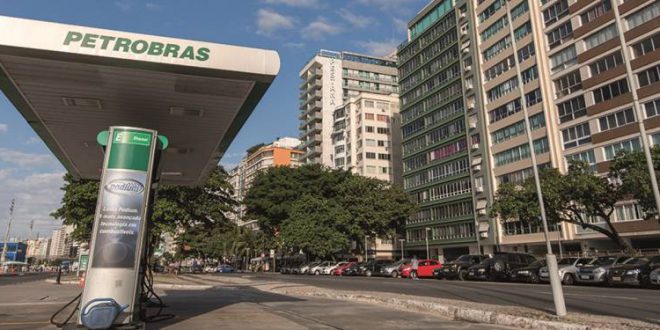It has been an appalling few years for Brazil’s energy patch. Weaker oil prices. sweeping corruption scandals and the worst economic downturn ever have sharply impacted the nation’s oil industry — but improvement might finally be in sight.
The aforementioned factors triggered a steep decline in investment. notably from foreign energy majors. preventing Brazil from fully exploiting its sizable oil reserves of 13 billion barrels.
The key problem is that a large portion of those reserves are held in its offshore deep-water pre-salt oilfields. that means they can be complex and costly to fully exploit.
However. the potential held by the pre-salt belt is tremendous. Its basins have some of the highest drilling success rates globally. and the national petroleum agency. the ANP. believes that if effectively exploited. the pre-salt area could easily double Brazil’s oil reserves.
Industry insiders estimate that the largest oil field in the pre-salt acreage. the Libra field. alone. has recoverable oil resources of up to 15 billion barrels. For these reasons. during 2017. pre-salt production became a major driver of Brazil’s growing oil output. And for the first time ever. in December 2017. it was responsible for over half of the nation’s total oil output.
Despite 2017 oil production rising by 4 percent year over year. offshore drilling activity and the number of discoveries declined significantly.
This occurred due to the near-collapse of Petrobras. which was mandated as the sole operator in the pre-salt belt. After gorging itself on debt and becoming embroiled in a far-reaching corruption scandal. it slashed spending on exploration as well as drilling activities as it focused on shoring up its balance sheet and resolving costly litigation.
Other factors which deterred investment were high operating costs created by local content rules. costly logistics and overbearing regulation. These. in conjunction with substantially lower oil prices. made Brazil’s pre-salt fields an unattractive investment for foreign energy companies.
By December 2017. the volume of active rigs was less than half of what it was two years earlier. while the number of development wells completed during 2017 was a seventh of what it was in 2015.
Nonetheless. after years of mismanagement. there are signs that this is about to change. and the world is on the cusp of witnessing the emergence of a Latin American petroleum superpower.
 Iran Energy News Oil, Gas, Petrochemical and Energy Field Specialized Channel
Iran Energy News Oil, Gas, Petrochemical and Energy Field Specialized Channel




